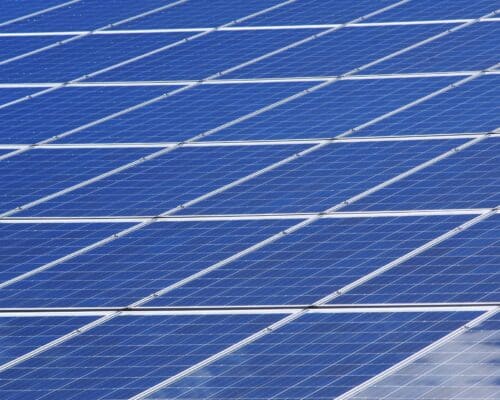European Green Deal: What Asia Can Learn
05 June 2023 – by Viktor Tachev Comments (0)
Through legislation frameworks like the European Green Deal, one of the most ambitious and thorough policy plans addressing the climate emergency, Europe has established itself as the global leader in the battle against climate change. Asian countries are uniquely positioned to use the European Green Deal as a blueprint for progressing their green transition and improving their energy security without sacrificing economic growth.
Why is the European Green Deal – Summary
The European Green Deal aims to turn Europe into the first climate-neutral continent in the world by 2050. Europe intends to reduce the EU’s greenhouse gas emissions by at least 55% by 2030, compared to 1990 levels, and plant an additional 3 billion trees. A climate neutral European Union will be a great step towards global climate neutrality.
The EU will also work to decouple economic growth from resource use as part of the plan. Its member states will work to ensure that the green transition is fair and just, leaving no person or nation behind.
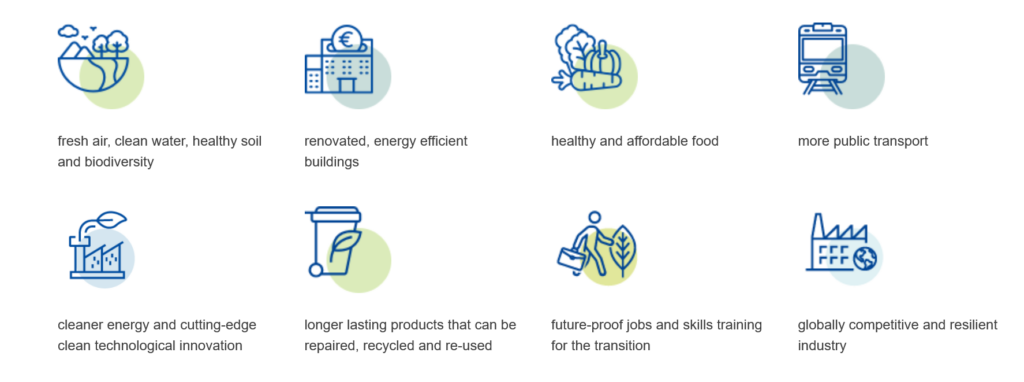
Aside from the Green Deal, the EU has also introduced other accompanying legislation. For example, the Fit for 55 package features laws crucial to achieving greenhouse gas emissions reduction targets. Another example is the REPowerEU plan, which aims to increase the share of renewables and reduce the continent’s energy dependence. On top of that, member states have also agreed on legislation targeting global deforestation and forest degradation, ensuring cleaner air and water and protecting nature.
However, the European Green Deal and the accompanying wide selection of legislation aren’t broad measures. Instead, address issues at a sector level to ensure that the decarbonisation journey will preserve industries’ competitiveness and economic performance.
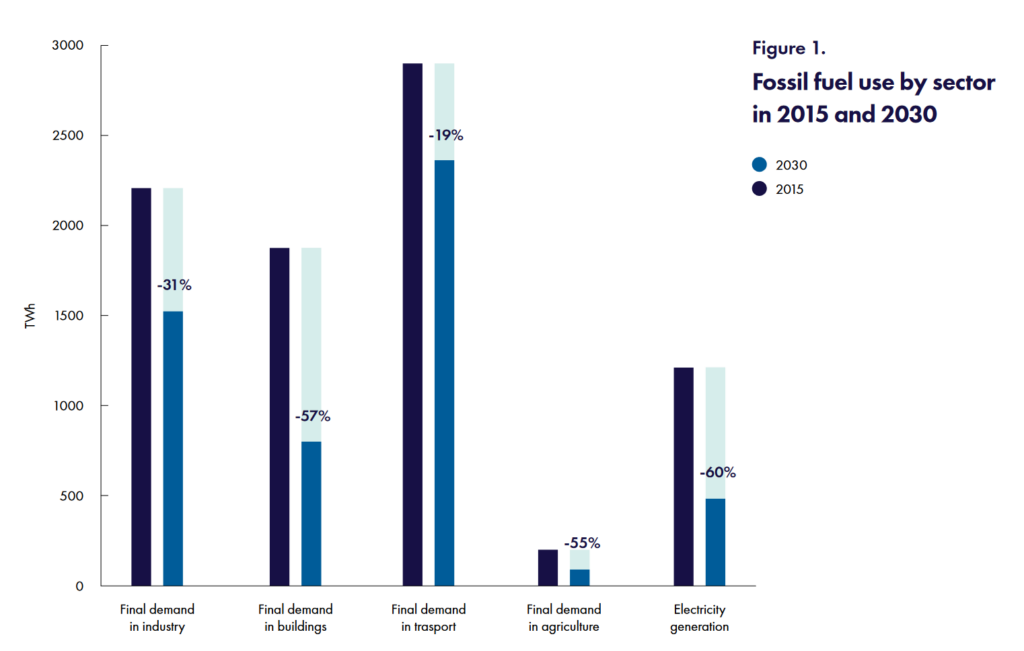
To ensure that, the EU has set various targets in the following areas.
Targets of the European Green Deal
The following are the main targets of the European green deal.
Transport Sector
The EU aims to reduce emissions from cars and vans by 55% and 50%, respectively, by 2030. By 2035, the continent seeks to bring emissions from new cars down to zero.
More than 29 million private electric cars will be on the roads in EU member states by 2030.
Energy Sector
By 2030, solar and wind are expected to have a share of at least 55% of the EU’s electricity generation. Coal will be completely phased out, while oil and gas consumption will be reduced by 34% and 31%, respectively.
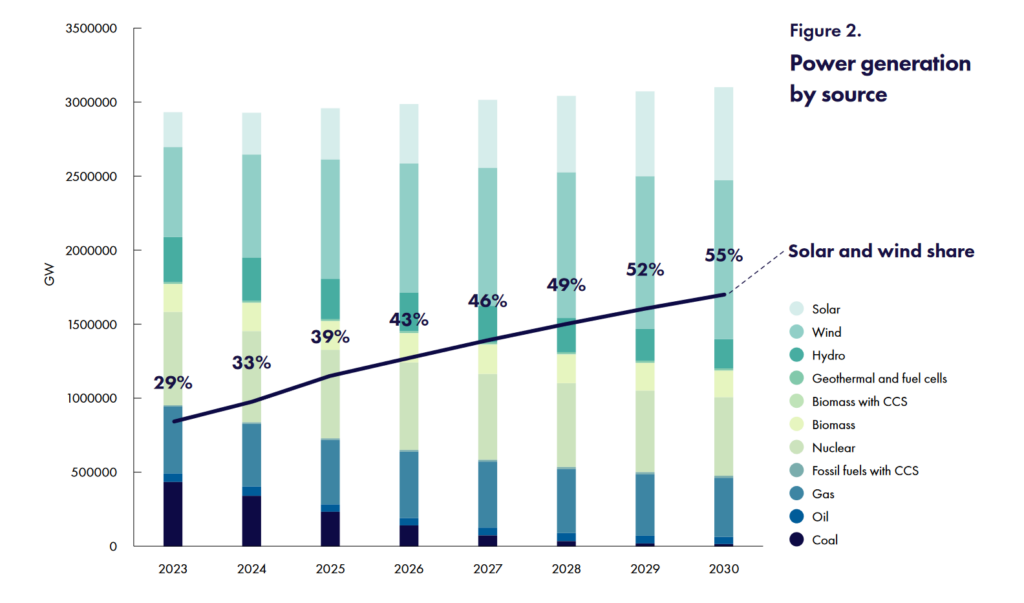
The European Union has also set 36-39% new 2030 energy efficiency targets for final and primary energy consumption.
Buildings and the Construction Sector
The European Green Deal aims to renovate 35 million buildings by 2030. An additional 160,000 green jobs might open in the construction sector alone.
Through the new Social Climate Fund, the EU will support those most affected or at risk of climate change impacts, energy or mobility poverty. The fund will provide EUR 72.2 billion over seven years for building renovation, access to low-emission mobility, and income support.
Public buildings will also be renovated to be more energy efficient and use more renewable energy. There are also proposals for member states to set a benchmark of 49% of renewables in buildings by 2030. The goal for clean energy use in heating and cooling will increase by 1.1% annually until 2030.
Restoring the Planet
The EU will work to restore forests, soils, wetlands and peatlands. The goals are to increase the absorption of CO2, restore nature and make the environment more resilient to global warming.
Since the EU is already outperforming its old carbon removal target of -225 million tonnes, with current removals topping -268 million tonnes, it has even set an even more ambitious target of -310 million tonnes.
What Can the EU Green Deal Teach Asia?
According to the Turning the European Green Deal Into Reality report by Strategic Perspectives, the EU is on an irreversible path away from fossil fuels.
Developing Asia has a long way to go until it gets to where the EU is. Yet, it has the potential to go there. The first step is acknowledging the benefits of the green transition. Most importantly, it should recognise its role as a critical infrastructure for energy security.
Asian countries can draw various parallels with their European peers. For one, the onus for policy implementation in both cases is on national governments. As a result, every country holds its fate in its own hands. Furthermore, like Southeast Asia, many EU member states have limited fiscal capabilities and should be focused on their energy transition investments to avoid costly mistakes.
However, one striking difference is that the latter have already realised the benefits of the green energy transition. Their focus is now on implementing solutions that will make a difference in the short and long term. Yet, developing Asia is hesitating to go all in with solar and wind, while continuing to consider LNG expansion, ammonia and coal co-firing, hydrogen and other solutions that will extend the lives of fossil fuels.
Fossil Fuel Imports Are the Easiest But Costliest Way
Of the EU member states, not many are abundant with fossil fuel resources. As a result, the continent has long been relying on imports, mainly from Russia. The war in Ukraine presented two possible courses of action: either diversify fossil fuel supplies or push even harder to decarbonise its economy.
Due to the excessive economic burden, supply unreliability, stranded asset risk and climate-polluting potential, EU member states decided to move ahead with the green transition, leaving behind the reliance on Russian gas. The EU began to revamp its energy mix, prioritising renewables to ensure a more resilient and economically efficient energy system.
Developing Asian countries need to follow the EU’s lead and, more importantly, transition urgently. Unlike the EU, they can’t afford to bear the costly mistakes of increased fossil fuel reliance. Some countries, like Bangladesh and Pakistan, have learned this the hard way by being unable to afford the high gas prices, suffering from persistent power blackouts and being on the brink of collapse. Even countries with rich domestic coal resources, like Indonesia, faced an energy crisis.
The sooner developing Asia recognises and addresses the short and long-term impacts of fossil fuel imports, the better its future will be.
The Need For More Ambitious Decarbonisation Strategies and Mandatory Targets
What distinguishes the EU from others is its determination to set ambitious targets and build on them over time. What’s more, for EU members, achieving emissions reduction targets is now a legal obligation.
Aside from EU-wide policies, each country is also implementing its policy frameworks, adjusted to the specifics of the local market.
On the other hand, Asian countries are often backtracking on their goals and could learn something from the EU’s example. Whether it is France’s EV subsidy program, the just energy transition plans in Spain and Greece or the Czech and Irish renovation plans against energy poverty, Asian countries have shining examples to learn from. Moreover, many of the policies across the EU are explicitly designed to address the problems of the poorest parts of the population. Considering that South and Southeast Asia are two of the three regions where energy poverty is the highest, these cases should be of particular interest.
Developing Asia can also learn from Europe’s solidarity and the power of unity in times of crisis. The single market and the joint initiatives between member states ensured collective resilience to the turbulent energy market and the economic hardships in 2022. A strategic, region-wide action plan for Southeast Asian countries can help them become more prepared for future crises, regardless of whether they are related to climate change, the energy market or economic disruptions. Developing nations should strive to form new economic partnerships, keeping their best interests at heart.
The Green Transition Will Protect Economies
In the EU alone, decarbonisation and climate neutral economy will help create 475,000 more jobs than it will negatively affect by 2030. Our previous analysis has shown that the effect in Asia could be even more significant.
Aside from speeding up decarbonisation efforts, reducing global greenhouse gas emissions and moving away from fossil fuels will protect Asian economies from high inflation and the cost of living crisis. Furthermore, it will also increase the competitiveness of local businesses. For reference, if the EU implements its policies, it will tame inflation to around 1.5% and reduce average electricity rates by 7%.
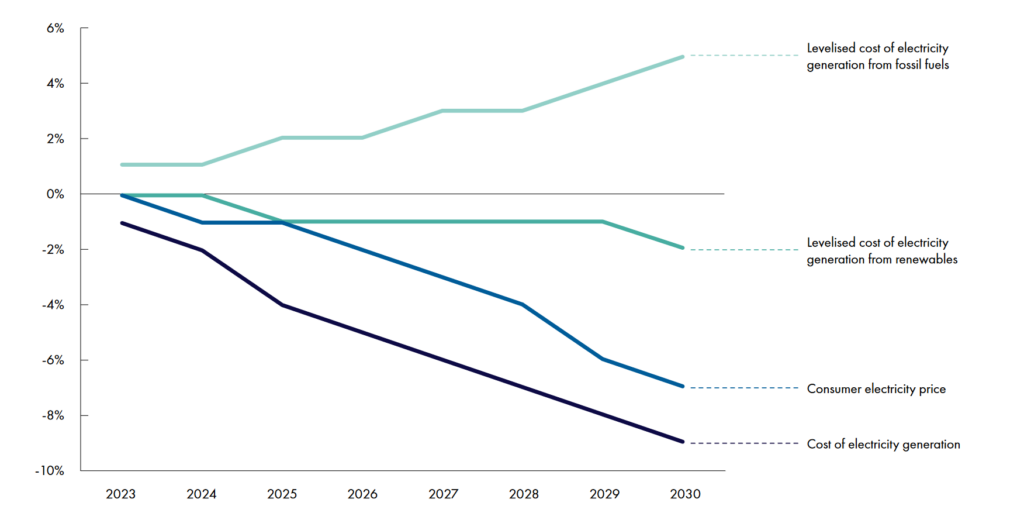
One potential area where Asia is an undisputed leader, mainly thanks to China, is the development of clean energy technology and production. For example, even if the EU’s policies are implemented successfully, they will still leave it far behind Asia. The latter can capitalise on this and continue building its name as a global green technology hub, reaping the associated economic gains.
by Viktor Tachev
Viktor has years of experience in financial markets and energy finance, working as a marketing consultant and content creator for leading institutions, NGOs, and tech startups. He is a regular contributor to knowledge hubs and magazines, tackling the latest trends in sustainability and green energy.
Read more